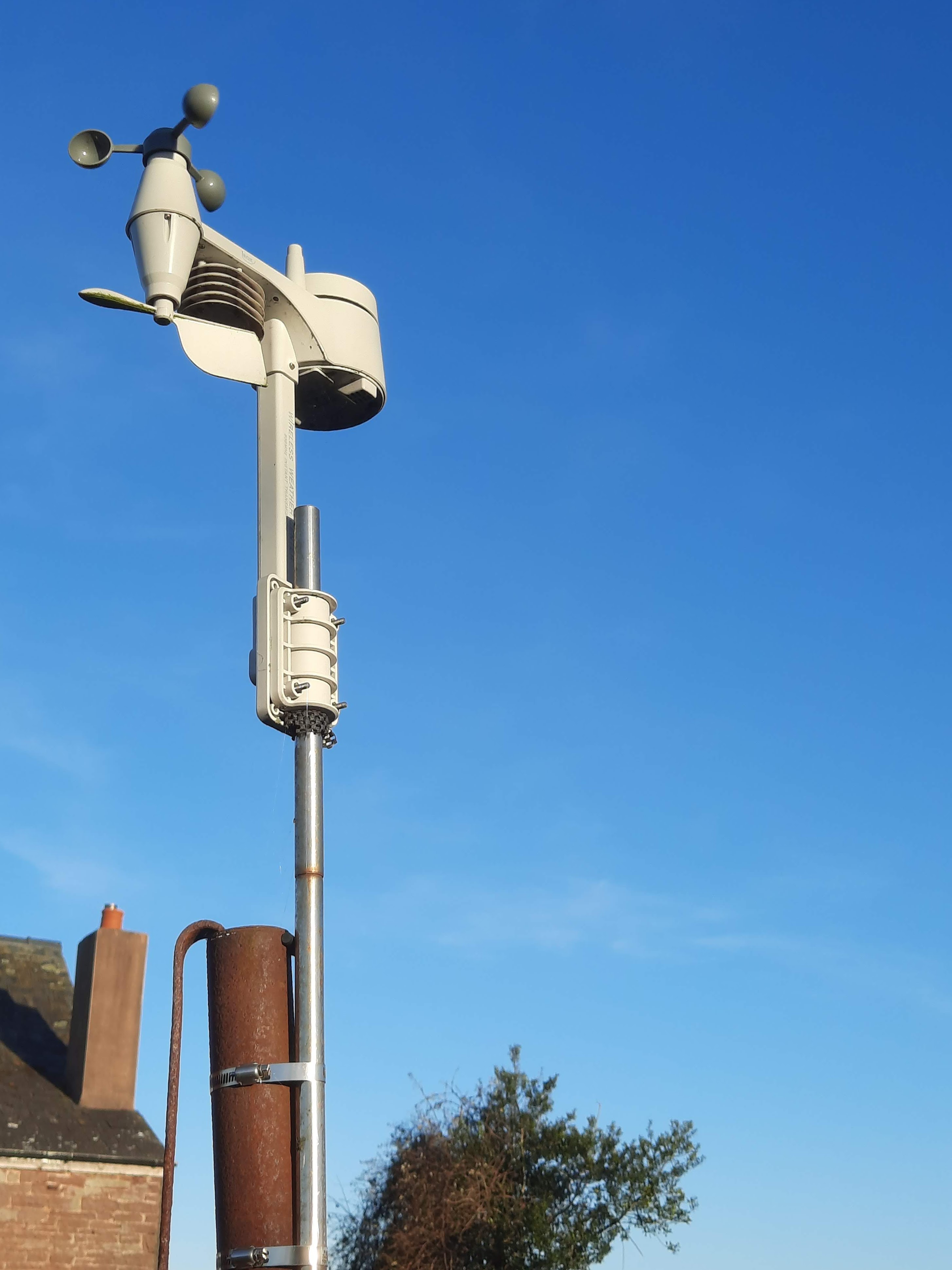- Home
- Knowledge library
- Rain data helps feed budgeting
Rain data helps feed budgeting
Measuring rainfall not only tracks long-term weather patterns but is another tool to help budget feed and grass growth. Although historic data, it can be used with current weather predictions to make better grazing decisions and more realistic feed forecasts, says Gloucester dairy farmer, Keith Davis.
“I use rainfall to compare growth results over a year, but also as a guide to expected growth rates. For instance, if the weather forecast says we are in for a showery week in spring, I can look back at my records and see what sort of growth rate we can expect,” he explains.
“I know what rainfall I need to grow decent grass crops in July: 70–80 mm/month to get 70–80 kgDM/ha/day. However, 30 mm is enough to get the same growth rate in May because there isn’t as much transpiration and evaporation in the grass plant.”
Rather than wait for grass growth to show signs of slowing down in a dry spell, Keith works with weather predictions to slow down the rotation: “We have 900 cows, yet feeding facilities for 500, so don’t want to be feeding silage in summer if we can help it. Small alterations early on can avoid us having to feed silage in the paddock. Instead, we can fill the grass gap with concentrates or put just a small group of cows on silage,” he says.
Keith has been collecting and analysing daily rainfall data for 30 years, using a traditional plastic rain gauge and, more recently, an electronic weather station. More data gives a better quality average annual rainfall and shows trends in climate change, he says. Monthly totals are inputted to a spreadsheet for analysing in January, comparing a rolling 12 months or specific months to previous years. “Our annual average is 1,071 mm. In the last 2–3 years, winters have been a lot wetter and summers drier. We used to get 80 mm over summer and 110 mm in winter; now it’s 53 mm and 149 mm.”
The table below shows the rainfall average over 30 years and the rainfall average between 2018 - 2020.

.png)
Interested to see what rainfall has been in your area? Check out the AHDB WeatherHub
Topics:
Sectors:
Tags:

